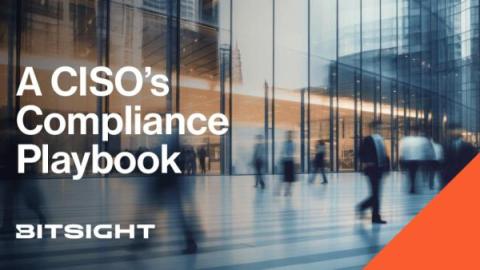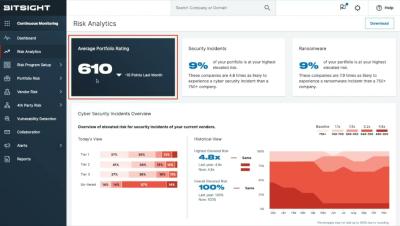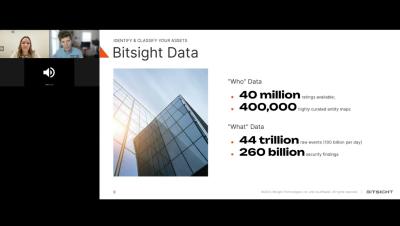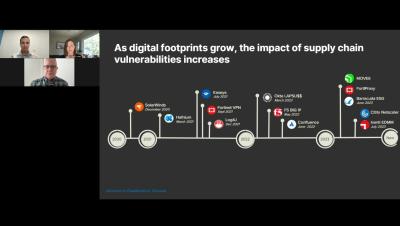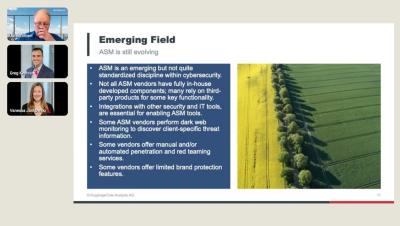Practitioner's Corner: Turning Regulatory Compliance into Strategic Opportunity
Cyber risk regulations like NIS2 and DORA in the EU, or PS21/3 in the UK, signal a seismic shift toward strengthening cyber resilience and enforcing accountability. Championing regulations is not just a matter of checking compliance boxes: it’s an opportunity to become a business leader. To enable growth and protect revenue.


